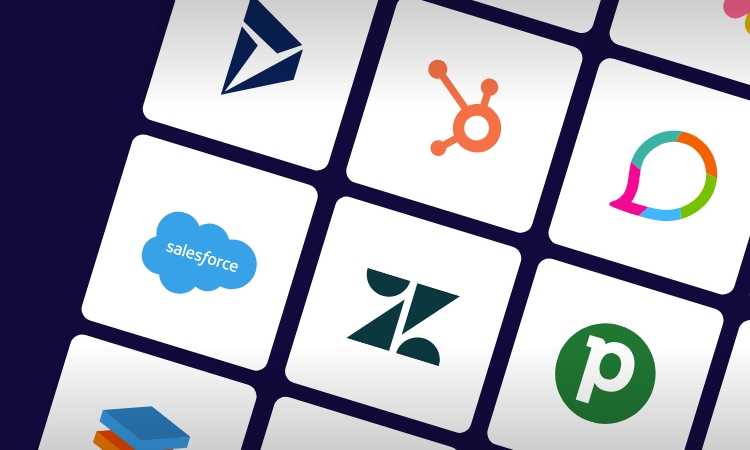The positive business impact of integrating ERP and CRM systems
As mentioned above, integrating ERP and CRM systems is crucial to guarantee the optimal functioning of internal processes within an organization. Before delving into the specifics of integrating both systems, it is useful to establish what role ERP and CRM systems have within a business.
An ERP system deals with vital backend information, often involving customer information required once an order has been placed. This information may involve financial data, purchase history, accounting information, billing and shipping details, and supply chain management specifics.
A CRM system, on the other hand, handles front-end information, dealing with crucial customer data and enriching it through marketing and customer support interactions. The information handled through a CRM system helps businesses better understand prospects and clients, manage new and existing relationships, monitor the sales pipeline, and enhance potential upsell and cross-sell opportunities.
So, what exactly is the outcome of integrating ERP and CRM systems? Here are a few examples:
Enhanced data accuracy and accessibility
Integrating ERP and CRM systems ensures that all departments have access to consistent and up-to-date information. This reduces data silos and inaccuracies that can occur when data is manually entered into multiple systems. With integrated systems, sales, customer service, and finance teams can access the same customer and inventory data, leading to more accurate decision-making and forecasting.
Improved customer service and satisfaction
When customer data from the CRM is linked with the inventory and order information from the ERP, your customer service team can provide quicker and more precise responses to customer inquiries. This integration allows for real-time tracking of orders, inventory levels, and customer interactions, thereby enhancing customer satisfaction and loyalty.
Streamlined business processes
An integrated ERP and CRM system automates workflows that span across different departments, reducing redundancy and optimizing business processes. For example, sales orders entered into the CRM can automatically trigger inventory checks and order fulfillment processes in the ERP. This not only speeds up the order-to-cash cycle but also reduces the risk of errors.
Comprehensive business insights
By combining the financial and operational data from the ERP with the customer insights from the CRM, businesses can gain a 360-degree view of their performance. This comprehensive view helps in identifying trends, uncovering new opportunities, and making informed strategic decisions.
What are the challenges of integrating ERP and CRM systems?
Despite the clear benefits, integrating ERP and CRM systems can be challenging, especially when done via point-to-point custom code integrations. Creating custom-coded integrations is expensive, time-consuming, and lacks scalability due to the extensive troubleshooting involved. The three main common obstacles of integrating ERP and CRM systems include the following:
Complexity and compatibility issues: ERP and CRM systems are often developed by different vendors and have different data structures and technologies. Ensuring that these disparate systems can communicate effectively requires significant technical expertise and can be a complex process.
Data migration: Migrating data from legacy systems to new integrated platforms can be fraught with challenges. Ensuring data integrity, consistency, and accuracy during this migration is critical yet difficult to achieve without disrupting ongoing business operations.
Cost and resource allocation: The integration process can be expensive and resource-intensive. Businesses must invest in the right tools, technologies, and skilled personnel to manage the integration, which can strain budgets and resources, especially for small and mid-sized enterprises.
Besides the challenges mentioned above, governing and managing these integrations often requires senior developers or professionals with coding expertise, which makes maintenance of the ERP and CRM integrations even more expensive. This is why agencies and systems integrators resorted to middleware solutions to build integrations.

























